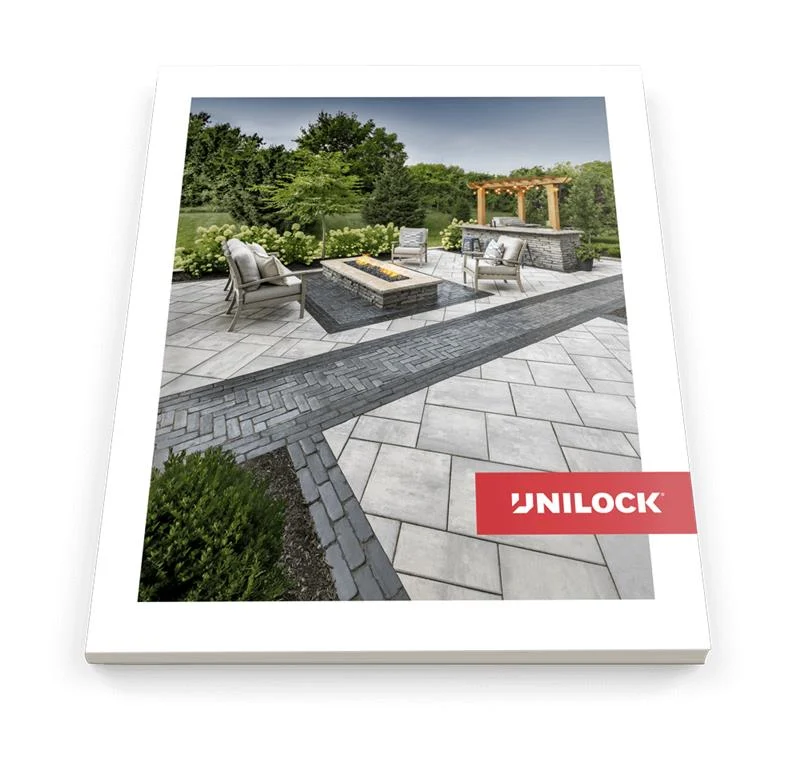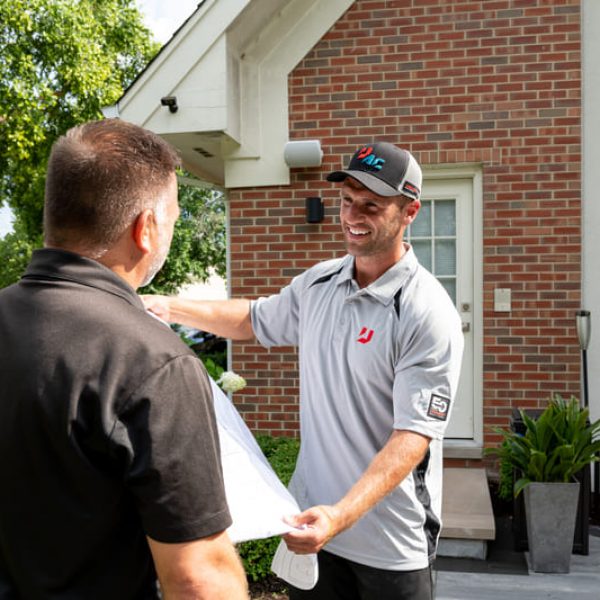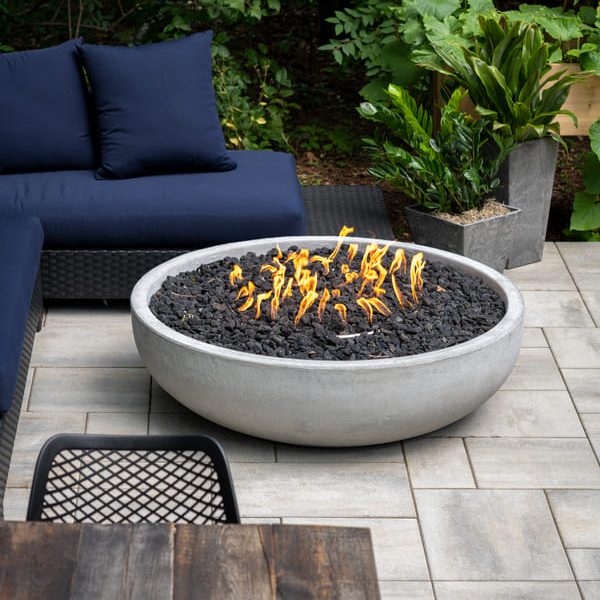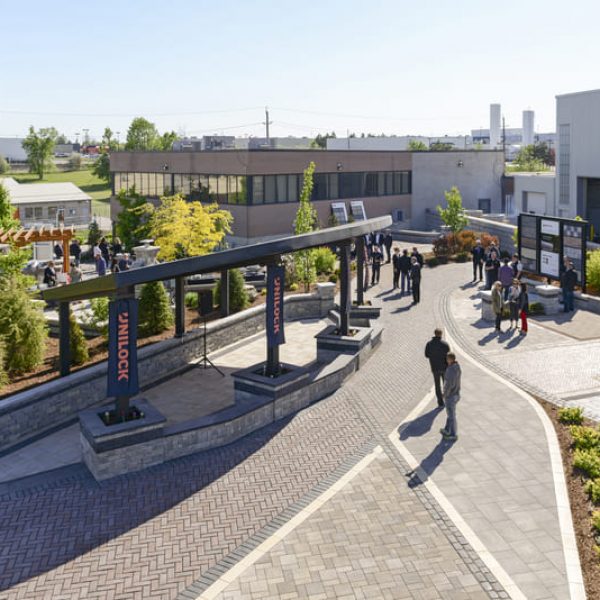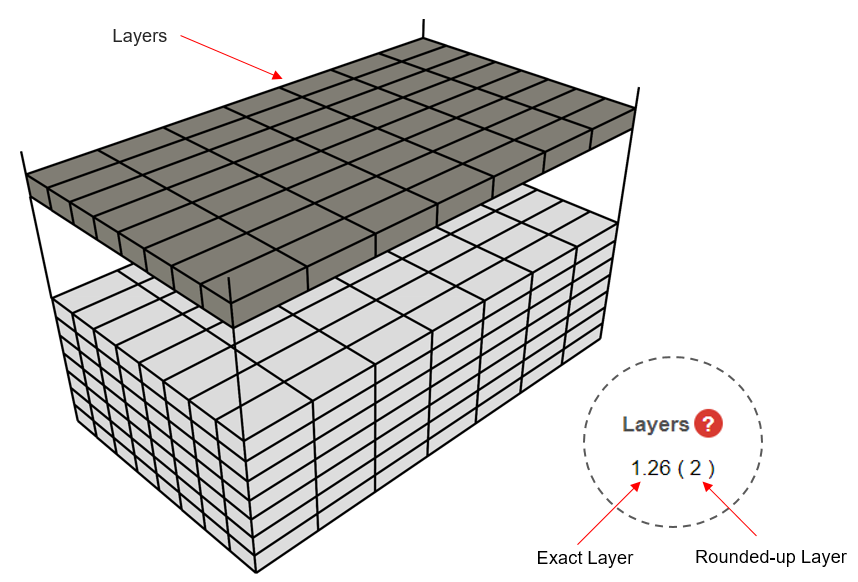
Because of its primary purpose of stabilizing and holding soil in place, a retaining wall is subject to many environmental factors that cause it wear and tear. To keep your Clayton, NY, yard safe and secure, your retaining walls should be in peak condition at all times. There are many factors that can cause a retaining wall to fail, such as improper installation technique, poor quality materials and drainage issues. These issues can be circumvented by allowing a Unilock Authorized Contractor to replace your retaining wall with one built from Unilock concrete wall units. To prevent significant damage to your property, check for these common signs that will tell you whether or not your retaining wall needs to be repaired or replaced:
Cracks on both retaining wall and in adjacent flooring
If you notice that cracks have appeared on your retaining wall and are spreading and becoming more noticeable each day, then your wall needs to be repaired as soon as possible. Although these repairs might seem like a simple task, there may be some deeper underlying issues that will need to be addressed. A professional inspection of your retaining wall will reveal whether or not the wall needs more significant repairs or has suffered damage that will require replacement. If you notice cracks on your retaining wall, resist the urge to fix it by yourself, or even worse, ignore the problem all together. If left unchecked, cracks will keep on spreading and potentially lead to the point of the collapse of the wall. To be safe, you can pre-empt this by opting for a Unilock wall replacement.
Related Read: Concrete vs. Natural Stone for Your Retaining Wall in Buffalo, NY
Loose pieces or crumbling mortar
Compared to plastered, face-brick, and even natural stone retaining walls, retaining walls built from Unilock concrete wall units are a more affordable, durable and flexible option, offering a wider range of design possibilities. Because of their strength, individual pieces won’t splinter or break, and because Unilock wall units are interlocking, they don’t require mortar. This means that the typical weakness of wet-stack retaining walls is effectively bypassed. Mortar between brick and stone tends to absorb water and eventually degrade over time. Have your retaining wall replaced by something more durable, such as Rivercrest Wall from Unilock. Rivercrest Wall has the natural appearance of stacked flagstone, and will give your retaining wall system character and natural charm.
The wall leans forward or has a bowed look
This is one the surest signs that your retaining wall needs to be replaced. A retaining wall needs to have a stable foundation and be strong enough to support the soil behind it. If it’s leaning forward or has a bowed look, this means that your retaining wall is not strong enough to withstand the outward pressure of the soil that it is supposed to be supporting. Have your retaining wall built from a unit such as Pisa2, which allows for the sturdy construction of both straight and curved walls, and automatically forms the correct slope with its built-in setback design. This unit is immensely reliable and provides a sturdy alternative to more traditional retaining wall materials.
The title image features a curved Pisa2 retaining wall in the Sandstone color option.
